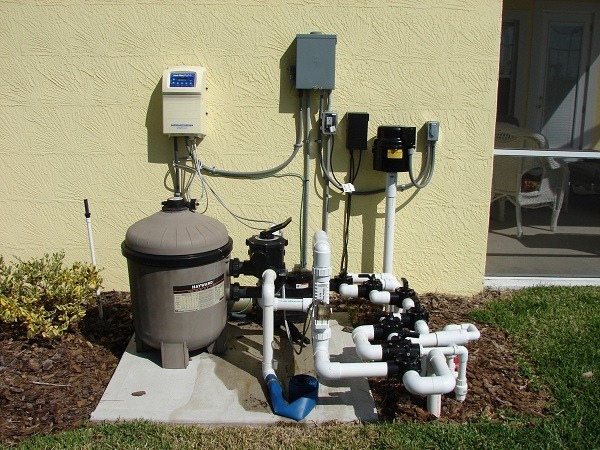Depending on your raw water quality, you can use different industrial water filtration solutions to remove impurities, chemicals, and solids. Your preferred filtration method also determines the water quality you will achieve. Choosing suitable water filtration solutions that help the environment and improve water quality has become vital without necessarily costing an arm and a leg. Are you looking to buy cheap commercial grade water slides? We have compiled some of the most efficient ways to treat and manage industrial wastewater. Keep reading to find out.
Water Filtration Systems
Water filtration involves removing impurities from an original source of raw water. You can install filtration systems in production lines to ensure they supply clean water. The membranes in water filtration systems trap and remove chemicals and impurities as the water passes through them. Some of the most common water filtration solutions include:
- Ultra Violet (UV) light
- Coarse filtration
- Nanofiltration
- Ceramic filtration
- Water recycling
- Reverse osmosis
The water quality you require differs depending on your industry. For instance, food and beverage industries need higher quality water since they produce products for human consumption. Pure pharmaceutical water systems use reverse osmosis in their designs due to their ability to eliminate up to 99.9% of bacteria. The finishing processes in aerospace and automotive industries also require specific water quality to produce first-rate parts.
Which Water Filtration Solution Is the Best?
We cannot claim that one filtration system is superior to the rest. You can combine several water filtration systems depending on the raw water quality and the quality you are looking to achieve. As such, it would be best to tailor your water filtration system based on your unique water issues.
Ultra Violet (UV) Light
Photocatalytic water treatment has gained popularity over the years due to its efficiency in purifying contaminated water. The technology uses ultraviolet rays and photocatalysts to remove impurities from water. It binds titanium dioxide (photocatalyst) to a catalyst known as zeolite and a commercial adsorbent. This enables the precise separation and recapturing of photocatalysts from water for reuse. Titanium dioxide mineralizes various organic compounds into safe, usable end products. The photocatalyst separates substances using UV radiation from artificial light or sunlight.
This water treatment solution is suitable for wastewater treatment industries due to its ability to remove large amounts of metals or organic substances in polluted water. The process breaks down a wide range of inorganic compounds, chlorine-resistant pathogens, microbes, crude oil, dyes, pesticides, estrogens, and organic materials.
Water Recycling Units
Water recycling uses the ceramic water filtration system. The system uses microscopic pores on a ceramic surface to remove sediment and bacteria from water. We have organic and inorganic membranes or ceramic surfaces. Organic membranes are suitable for lightly polluted industrial water. They are made of cellulose, polyamide, or polysulfone materials that cannot tolerate extreme temperatures, intense pH, and high pollutant concentrations. You may also want to avoid the organic matter, oils, oxidants, and other agents that could compromise the membranes.
Inorganic ceramic membranes filter complex pollutants and are preferred for their resistance to extreme agents, durability, and high efficiency. Overall, you should consider the size of particles to be removed and the nature of wastewater you want to treat.
Reverse Osmosis
Reverse osmosis is a technology that removes impurities and dissolved solids from wastewater using a semi-permeable reverse osmosis membrane. The membrane allows water to pass but restricts contaminants and dissolved solids. Reverse osmosis membranes require high-pressure water for efficiency. If run properly, a reverse osmosis water filtration system can filter out up to 99.5% of impurities and dissolved salts in incoming water.
Reverse osmosis is commonly used in semiconductor manufacturing, metal finishing, food and beverage, boiler feed water, and pharmaceutical industries. It is effective in treating ground, surface, and brackish water for all flow applications. You may require post-treatment measures like mixed bed deionization to increase your water quality, making it suitable for even the most demanding water applications.
Nanofiltration
Nanotechnology uses cost-effective, highly efficient, and modular processes compared to traditional water filtration systems. The technology serves a wide range of water treatment applications. These include nano adsorbents, nano-membranes, nanostructured photocatalysts, zero-valent iron nanoparticles, copper, and silver. Nanoparticles have a large surface area to volume ratio that facilitates adsorption of biological and chemical particles while separating lowly-concentrated contaminants.
There is no shortage of options when it comes to industrial water filtration solutions. You need to analyze your raw water quality and establish your desired water quality to find the perfect system for your industry.

